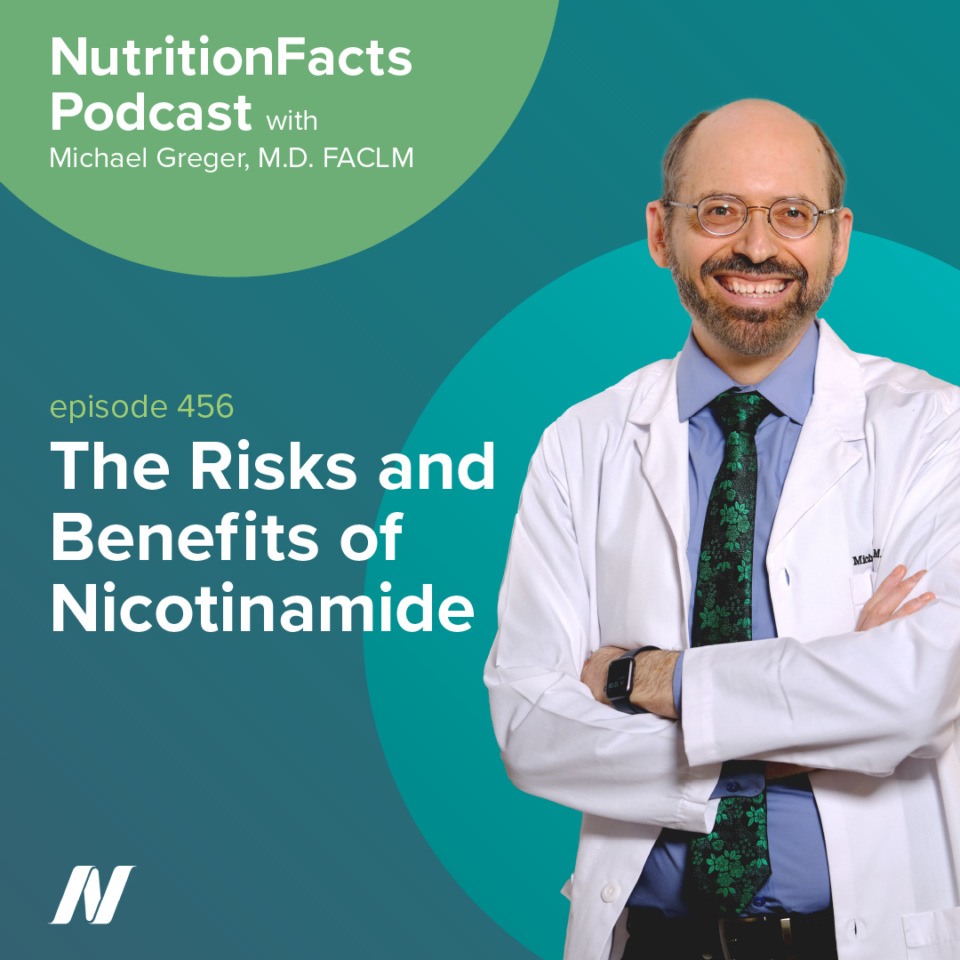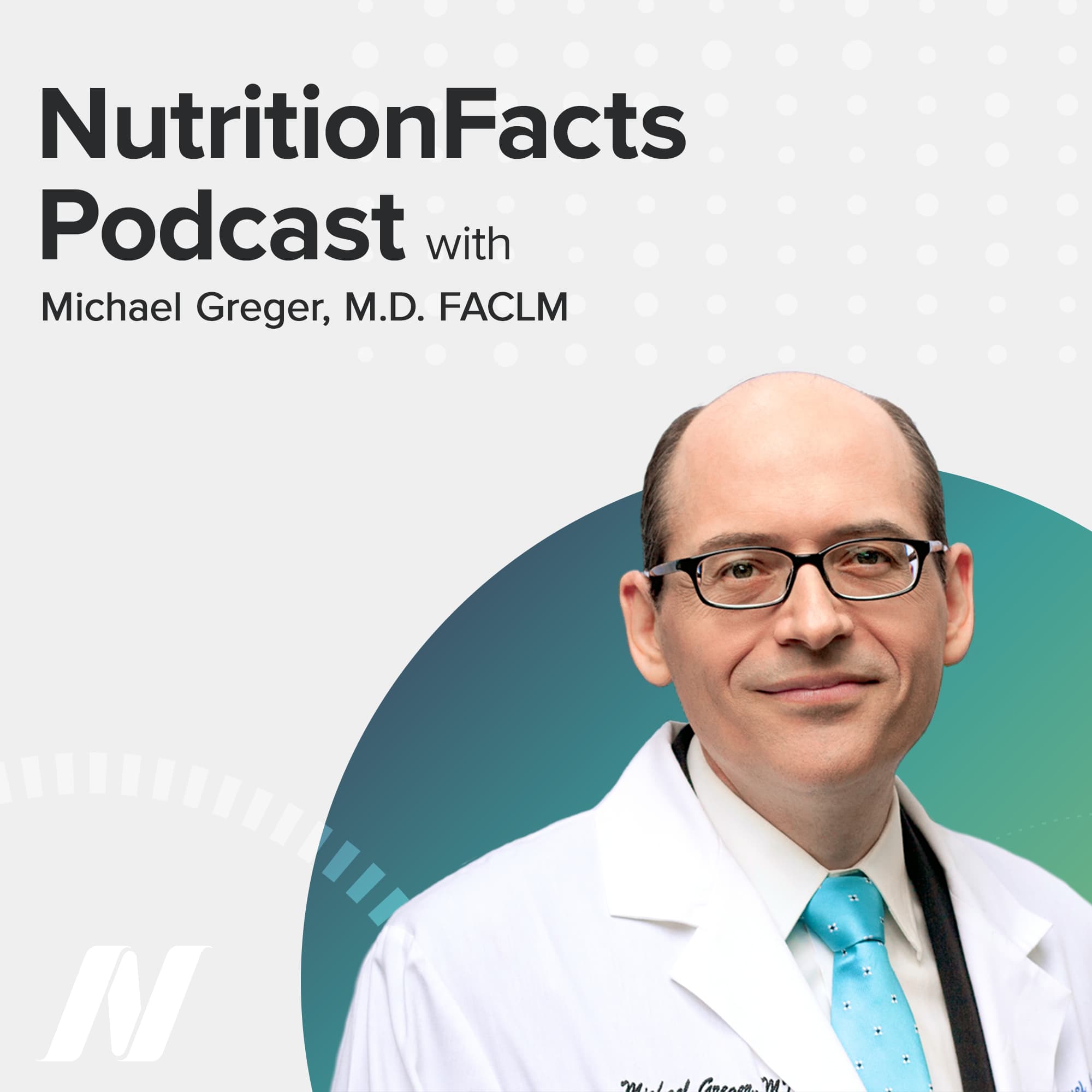Today, we continue our series on NAD+, an enzyme that is found in all living things and supposedly boosted by a variety of supplements. Let’s look at nicotinamide.
Here’s our first story.
Ever since nicotinamide (NAM) was also shown to cure pellagra, both nicotinic acid (NA) and NAM have been collectively referred to as niacin, or vitamin B3––though they are distinct compounds. For example, NAM is not plagued by the same kind of hot flash reaction. (Facial flushing attributed to niacinamide in some older studies was likely due to a less purified form contaminated with residual NA.)
The relative capacity of NA versus NAM to generate NAD+ is unclear. Neither has been shown to boost sirtuin activity, but both do extend the lifespan of C. elegans. I couldn’t find any longevity trials for NA in rodents. However, NAM was put to the test and failed to prolong the lives of mice. What clinical effects might we expect in people?
Previously, I explored the proven anti-aging effects for topical nicotinamide on the skin, and the remarkable ability of oral nicotinamide to help prevent skin cancer. I also noted it failed to prevent type 1 diabetes, despite promising mouse data, though it may help preserve residual function in people newly diagnosed with type 1 diabetes––but apparently not enough to affect blood sugar control. What about its use as a NAD+ booster?
In those with mitochondrial myopathy, NA raised muscle NAD+ levels and improved mitochondrial and muscle function. But in healthy individuals, muscle NAD+ levels didn’t budge. However, the average age of individuals in the control group was 50. What about in older adults, whose muscle NAD+ levels might potentially be lower? Four NAD+ precursors were tested in older adults averaging in their 70s: tryptophan, NA, NAM, and NR. All four failed to improve muscle strength or function, failed to affect mitochondrial function, and failed to even nudge NAD+ levels in their muscles. Why not give it a try anyway? Again, side effects.
Like NA, high-dose NAM can cause gastrointestinal disturbances and signs of liver toxicity. However, NAM may result in more issues involving methylation. The first step in breaking down excess NAM is to transfer a methyl group to it, forming methylnicotinamide. Unfortunately, methylnicotinamide is neurotoxic and can cross the blood-brain barrier. This may explain why NAM can exacerbate Parkinson’s-like symptoms in rats, and why Parkinson’s patients have higher levels of the NAM-methylating enzyme in their brains. And the same with Alzheimer’s brains, for that matter. Excess NAM may also deplete the body’s pool of methyl groups.
If you read the Epigenetics chapter in my book How Not to Age, you may remember that DNA methylation is critical for the regulation of gene expression. Epigenetic changes caused by NAM-induced methyl depletion have been blamed as the reason why rats fed megadoses of NAM suffer from fatty livers and swollen kidneys. But that was at a human-equivalent dose far exceeding what people might take. Is there any evidence that more modest NAM supplementation might affect methylation in humans? Yes, and even with a single dose as low as 100 mg.
Methylation also plays a key role in breaking down fight-or-flight hormones like noradrenaline and neurotransmitters like serotonin and histamine. Within hours of a single 100 mg dose of NAM, blood levels of all three become elevated, suggesting their metabolism was impaired by the shunting of methyl groups to deal with the excess NAM. Also noted was a significant rise in homocysteine, which is a byproduct of methylation reactions and a risk factor for cardiovascular disease and dementia.
Another potential problem with NAM is that it’s a sirtuin inhibitor. Wait, I thought the whole purpose of taking NAD+ precursors is to boost sirtuin activity. Sirtuin enzymes use up NAD+ and spit out NAM. This allows the body to recycle the NAM back into NAD+ for further sirtuin use. But it also means the body can use NAM as part of a negative feedback loop. Like a thermostat in the winter that shuts down the furnace when there’s too much heat, the body shuts down NAD+ use by sirtuins when it detects too much NAM. NAM pills didn’t exist when our bodies evolved; so, in the wake of a sudden wave of NAM, the body must think its sirtuins are churning out too much, and dials them back. Perhaps this explains why NAM fails to prolong the lifespans of mice. When the sirtuin-suppressing effects of NAM were first reported 20 years ago, the researchers cautioned that this could potentially lead to “deleterious consequences of long-term nicotinamide therapy in humans.”
In our next story, we look at how the suppression of NAD+ synthesis by NR in humans may explain the disparate rodent results.
NR and NMN seem to be more promising NAD+ precursors than NA or NAM, since they don’t cause flushing. Nor do they directly inhibit sirtuins. In mice, NR and NMN both raised liver NAD+ levels, but of the two, only NR significantly raised NAD+ in the muscles. Also, NR is so far the only NAD+ booster shown to prolong the lifespan of mice.
There have been at least 10 clinical trials of NR, most showing it can boost human blood levels of NAD+ by up to 168 percent. Note, though, that most doses used exceeded 300 mg, which is the daily dose approved as safe by the U.S. Food and Drug Administration and European Food Safety Authority. At the approved dose, blood NAD+ is boosted more on the order of 50 to 60 percent, but no dose was found to affect NAD+ levels in human muscle (compared to placebo).
The greater preponderance of human bioavailability and safety data for NR compared to NMN has led some to proclaim NR as the preferred NAD+ precursor. By some, I mean employees of a chemical company that produces NR for supplements. The question after all of these human NR trials is: have any of them shown clinical benefit? Sadly, no. Let’s go through the alphabet.
After accounting for multiple testing, randomized, double-blind, placebo-controlled trials of NR in middle-aged or older adults failed to find any significant benefit over placebo for artery stiffness or artery function, BAT activation, blood pressure, blood sugar control, body weight, cardiac energy or ejection fraction, fat burning, fatty liver, exercise capacity, fatigue, insulin sensitivity, metabolic flexibility, metabolic health, metabolic rate, mitochondrial function or biogenesis, muscle blood flow, upper or lower body muscle strength, pancreatic function or the release of metabolic hormones, the treatment of Parkinson’s disease symptoms, or physical performance.
NR-hawking companies claim NR is anti-inflammatory, but in their own study, only three out of 10 markers of inflammation were affected compared to placebo, and a subsequent independent study using the same dose for twice as long found zero of 12 markers affected.
Remarkably, the opposite was found for many of these outcomes in rats and mice. In rodents, NR does raise NAD+ levels in muscle, improving insulin sensitivity and mitochondrial biogenesis, and on down much of the list. Why does NR work in rodents but appear to almost entirely flop in people? Some have suggested inadequate dosing. The typical dose used in mouse studies was about twice that used in many human studies. But a double dose has been tried in people, to no avail.
Another possibility is sirtuin inhibition by NAM, the main degradation product of NR. In fact, based on mouse studies, NR may metabolize in the gut into NAM or NA before it even makes it in the bloodstream. Either way, unlike in mice, NR can’t seem to elevate NAD+ in human muscle; so, no wonder there’s no alteration of human sirtuin activity. Maybe that explains the disparate results. In fact, the key NAD+ synthesizing enzyme in human muscle biopsies was actually suppressed by NR supplementation. That doesn’t happen in mice, but it does in people. Presumably this downregulation is an adaptive response to the unnaturally large flood of NR coming into the system. So, what happens when you stop taking the supplement? How quickly does your enzyme activity bounce back?
In mice, not only may their microbiome affect NR, but the NR may affect their microbiome, too. Some of the benefits of NR can then be transferred between mice via fecal transplants. So, at least in mice, some of the benefits of NR may be due to modulating the mouse microbiome. The distinct differences between the gut flora of humans and rodents may offer another explanation why NR works in them, but not us.
Unlike NAM, supplementation with NR did not increase homocysteine levels. But one study of a combination of NR plus a resveratrol analogue called pterostilbene raised LDL cholesterol high enough to kill as many as one in 40 long-term users. However, this effect is presumed to be due to the pterostilbene, as NR alone has not been shown to raise LDL, whereas pterostilbene has.
One study did find that NR seems to cause a small reduction in hematocrit, hemoglobin, and platelet count in people within a week of starting it. This shift towards a more anemic state was suggested to account for impaired exercise performance seen in rats given NR. However, the 35 percent drop in performance did not reach statistical significance. NR did cause a significant increase in systemic oxidative stress, however, and another rodent study found a worsening of inflammation and deterioration of metabolic health. But if positive effects in rodents don’t translate to people, perhaps we shouldn’t expect that negative ones will either.
Regulatory authorities from Australia, Canada, Europe, and the United States have all authorized NR as safe, at least up to 300 mg a day (or 230 in pregnant and lactating women). But the lack of demonstrable clinical benefit would seem to preclude NR supplementation.

 Previous Podcast
Previous Podcast Next Podcast
Next Podcast